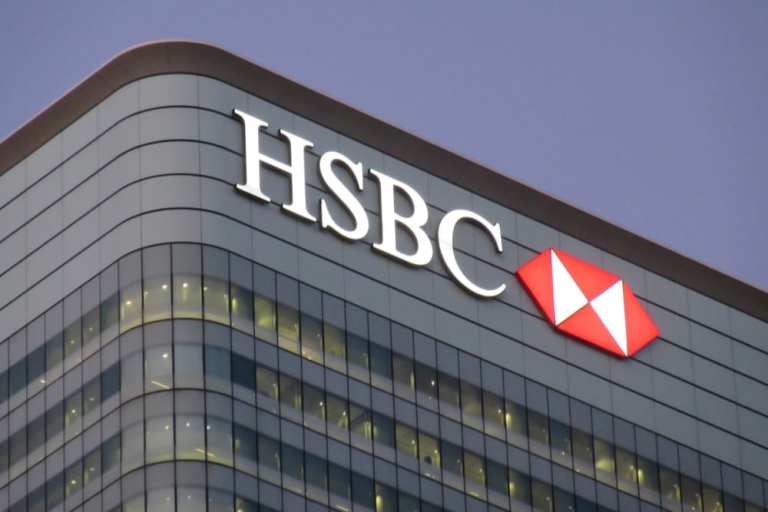HSBC Becomes Latest Brand to Enter the Metaverse

Global banking giant HSBC announced it is embracing Web3 by building a virtual stadium in The Sandbox, a leading blockchain-based metaverse, in order “to engage and connect with sports, eSports and gaming enthusiasts.”
With the Wednesday (March 16) announcement of its foray into the metaverse, the world’s seventh-largest bank, with assets totaling $3 trillion, has become the latest major brand and first global bank to embrace the booming but still somewhat theoretical, and hype-heavy, virtual reality world.
See also: What’s a Metaverse, and Why is One Having a Fashion Show?
Until recently the purview of science fiction, metaverses exploded into the mainstream consciousness when Mark Zuckerberg announced he was changing the name of Facebook to Meta, signaling his belief that they are the future of social media. The idea is that people will use “avatars” of themselves, through which they will interact with others, play games, shop, attend concerts — some have drawn millions of fans — develop their own properties and of course participate in all sorts of experiential marketing in an immersive virtual world.
Read more: PYMNTS NFT Series: In the Metaverse, NFTs Can Buy Experiences, Luxury and Eyeballs
“The metaverse is how people will experience Web3, the next generation of the Internet,” said Suresh Balaji, HSBC’s chief marketing officer for Asia-Pacific. “We see great potential to create new experiences through emerging platforms.”
Buying Into Web3
Like most brands, HSBC has bought a plot of virtual real estate called “LAND” which, like everything in The Sandbox, is an NFT — a type of cryptocurrency called a non-fungible token that can hold both self-executing smart contracts and media like images and video.
Related reading: PYMNTS NFT Series: What Are NFTs and Why Are They Crypto’s Newest ‘Next Big Thing?
While details are scant, the announcement has an image of an HSBC-themed plot of land with a multisport stadium and a brand lounge/experiential marketing space, as well as a field and lake.
A growing list of top brands like Samsung, Adidas, Warner Music and top game developer Ubisoft, as well as celebrities like Reese Witherspoon and Lady Gaga, are diving into blockchain metaverses like The Sandbox and Decentraland. Entertainment franchises are of course early adopters, with The Sandbox attracting titles as diverse as “The Walking Dead” and “The Smurfs.”
While HSBC is not the first major bank to buy into a metaverse — J.P. Morgan got there first with a February land purchase in Decentraland — it is going in with the full brand. In contrast, J.P. Morgan built the Onyx lounge, named for its commercial blockchain platform.
More here: JPMorgan Opens Branch in Metaverse
Others are mostly diving in via the U.S. Patent Office, with companies like American Express, CVS, Nike and Walmart filing trademark applications both to protect brands and to prepare for what could be the Next Big Thing. Panera Bread, for example, filed an application for “Paneraverse” that envisions “virtual cafes and restaurants” for the bakery and fast casual dining chain.
You may like: Disney Names SVP for Its Entry Into the Metaverse
“I think you’re going to see every brand that you can think of make these filings within the next 12 months,” trademark lawer Josh Gerben recently told Forbes. “I don’t think anyone wants to be the next Blockbuster and just completely ignore a new technology that’s coming.”
News you can use: McDonald’s New Special Sauce? McMetaverse, With 10 Trademarks Already Filed
How soon that technology is coming, and in what form, is an open question.
For one thing, while the metaverse is generally envisaged as a fully immersive virtual reality, the 3D-goggle technology that would enable it is at present very crude and heavy. Currently, most metaverse users experience an environment that is something more like an MMO game like World of Warcraft, in which players interact in a shared — but not immersive — environment.